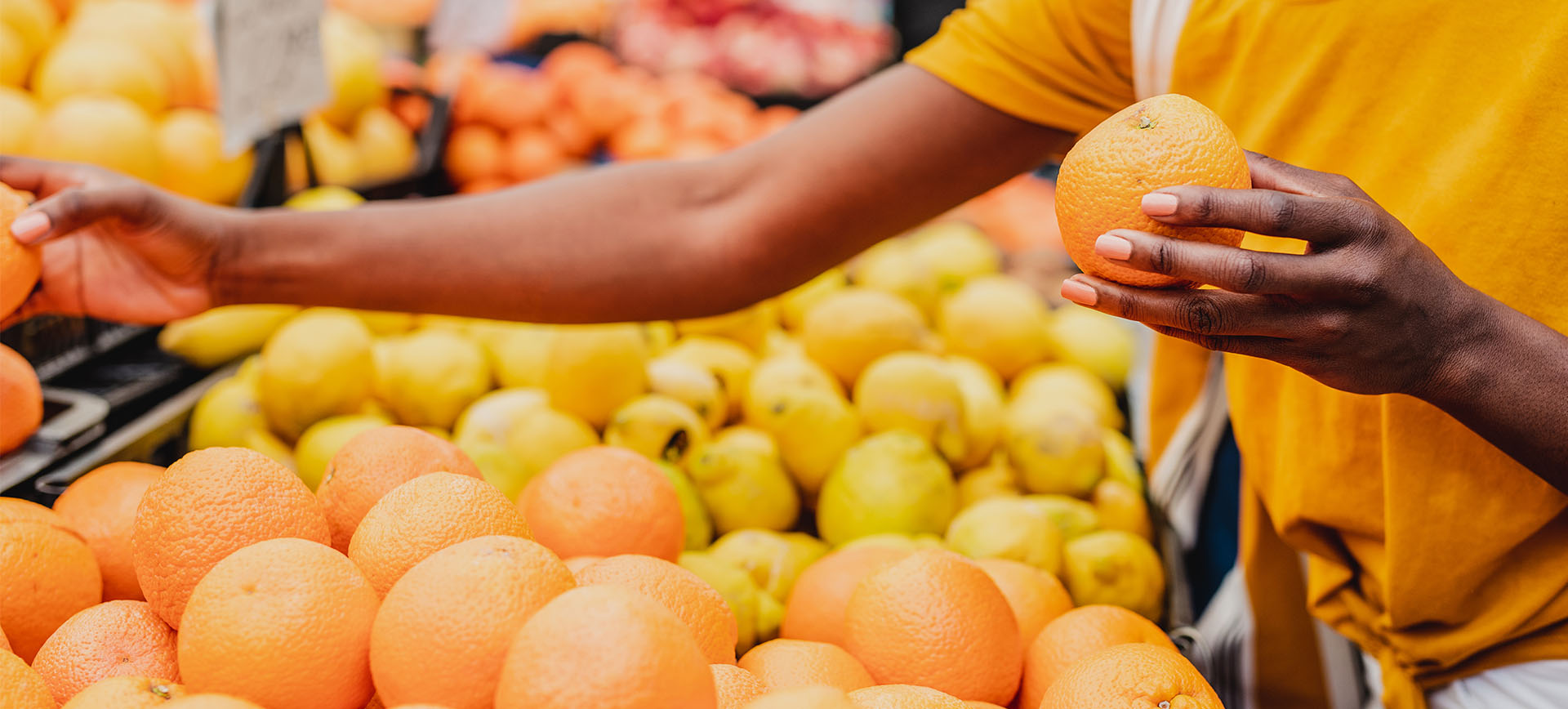
Ten Simple Budget Friendly Tips
- Home
- Live Well Blog
- Ten Simple Budget Friendly Tips
Simple Tips for Buying Fruits and Vegetables on a Budget

Save money when buying in season and on sale
- Fresh produce costs less and taste better when bought during its growing season.
- Plan your menu around which fruits and vegetables are on sale. Check the weekly grocery store ads before you shop.
- If you can afford it, buy extra when it’s on sale and freeze some to enjoy later.
Some produce is affordable year-round
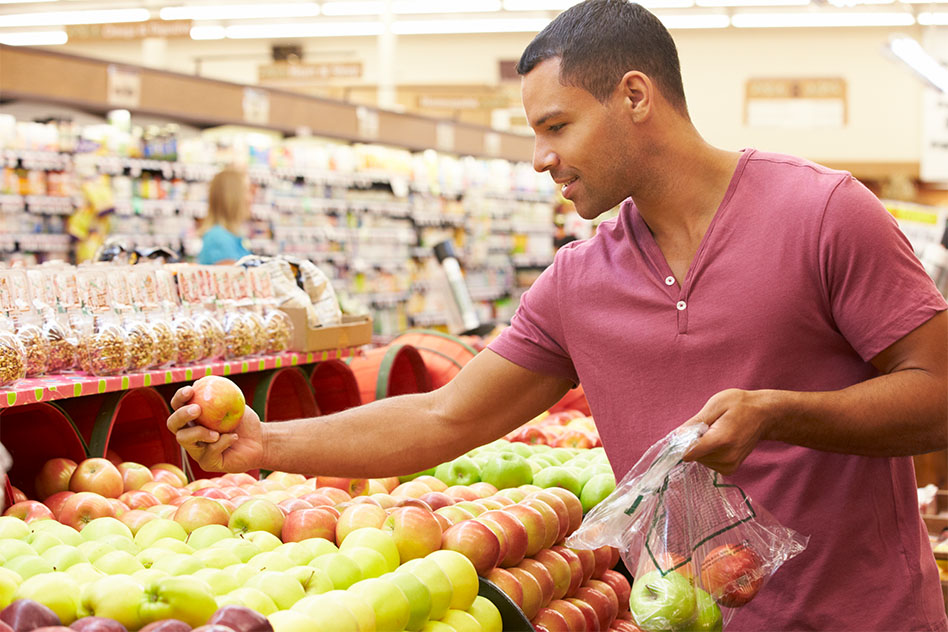

Buy frozen or canned fruits and vegetables
When you can’t buy fresh, buy frozen or canned fruits and vegetables. They can be just as nutritious as fresh foods, and make cooking easier.
- Look for natural foods: without added sugar, salt, sauces, syrup or fat.
- Drain and rinse canned vegetables to get rid of excess salt.
- Check store brands — they often cost less and taste the same.
- Watch expiration dates and store the oldest where it can be used first.
Buy Local
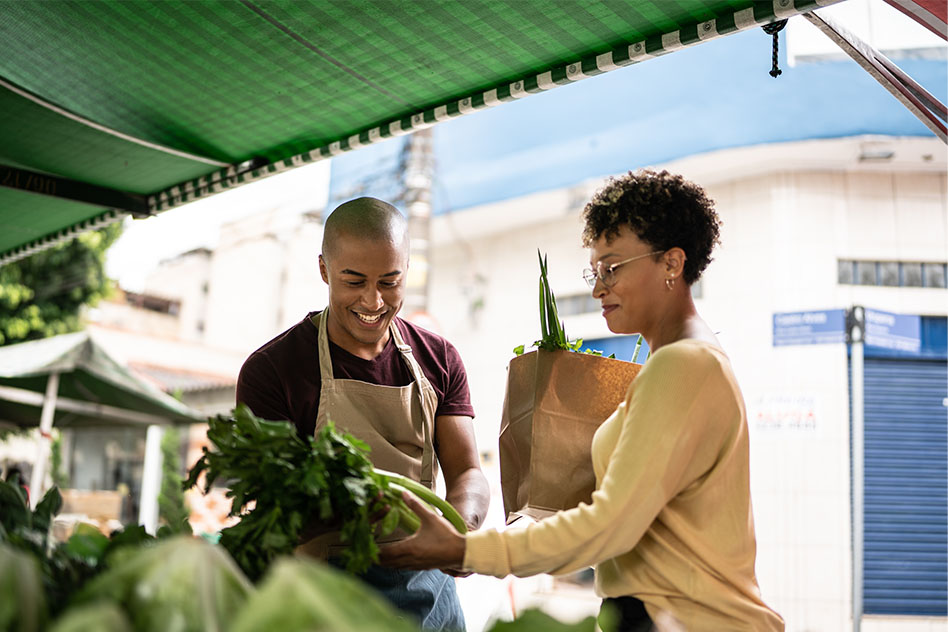
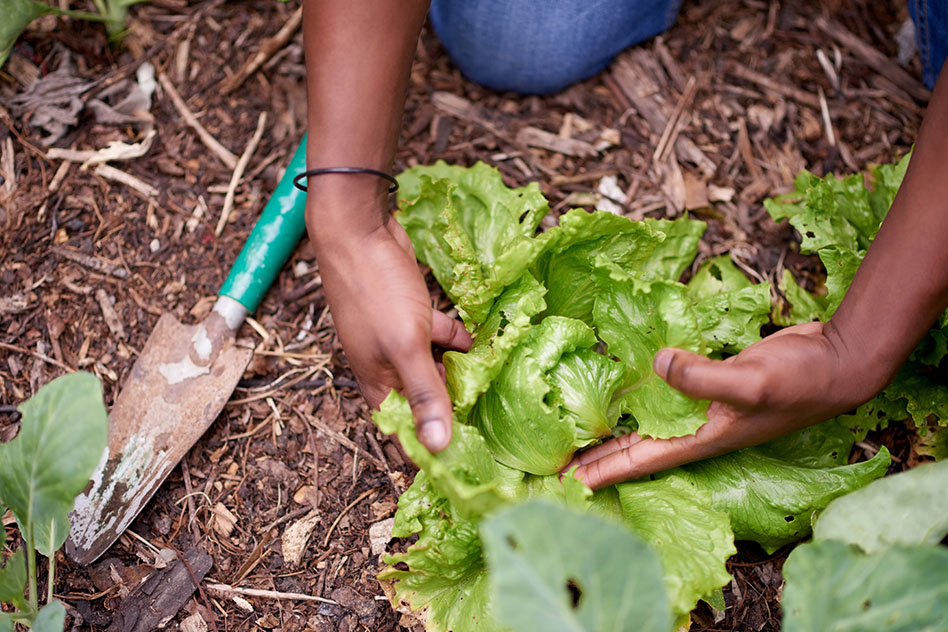
Grow Your Own
Even better than buying local, is growing your own food. It’s easy, only takes a little bit of land, a balcony or patio, and a few pots. Give it a try with cilantro, greens, Swiss chard, and snow peas. Tomatoes, peppers, broccoli, beans, and spices are also fun to grow!
Wash and cut your own produce
Pre-washed or pre-cut produce can cost more. Pick a day to prep your vegetables for the week and ask your kids to help. They will learn some healthy habits and have fun helping you too.
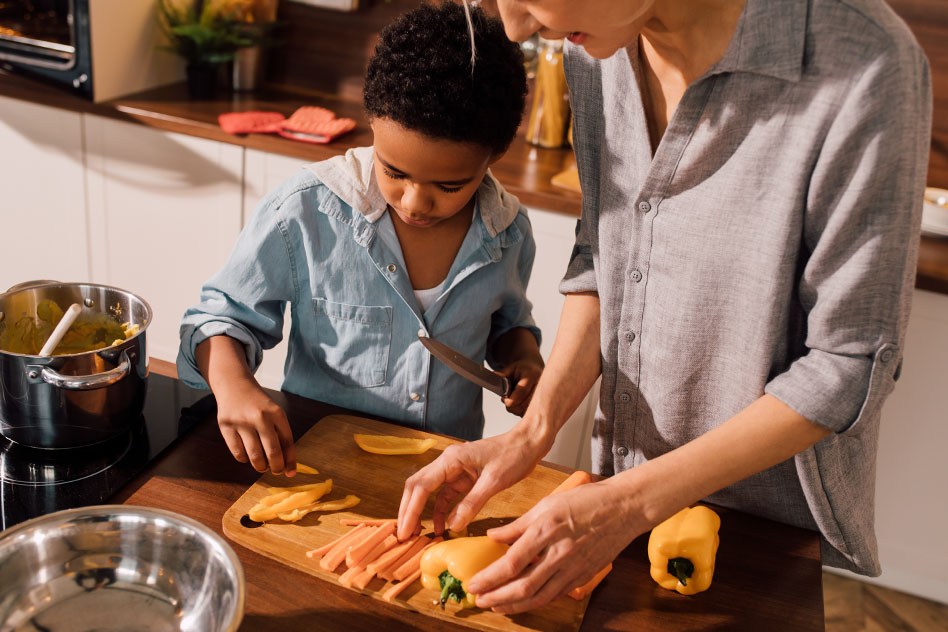
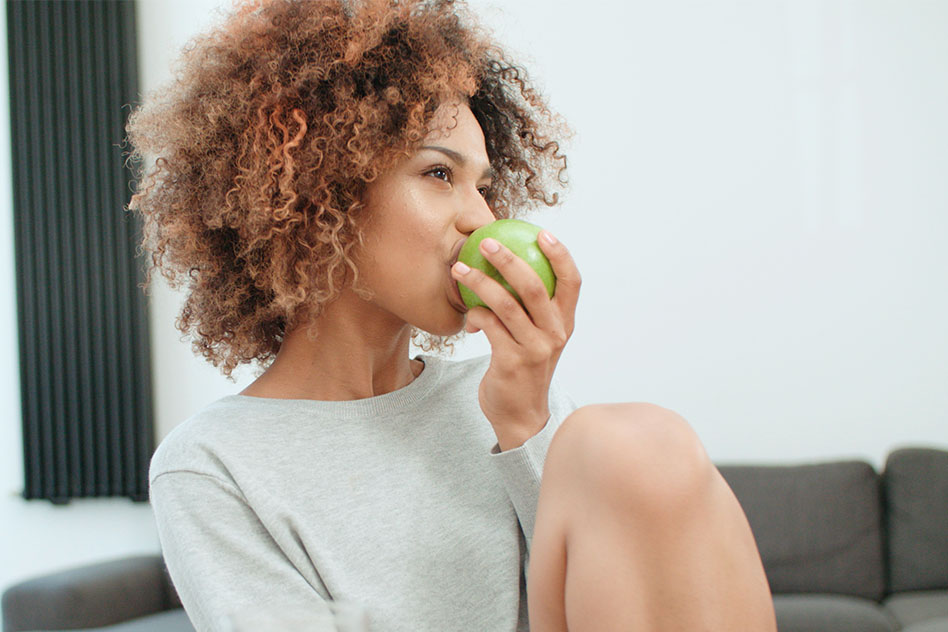
Never shop when you or your children are hungry
Hunger is your worst enemy when you are trying to shop healthy. It can lead you to buy foods that you don’t need simply because they look yummy. Eat a small snack, such as an apple, carrots or celery and peanut butter before you shop.
Make a list before you go, and stick to the list!
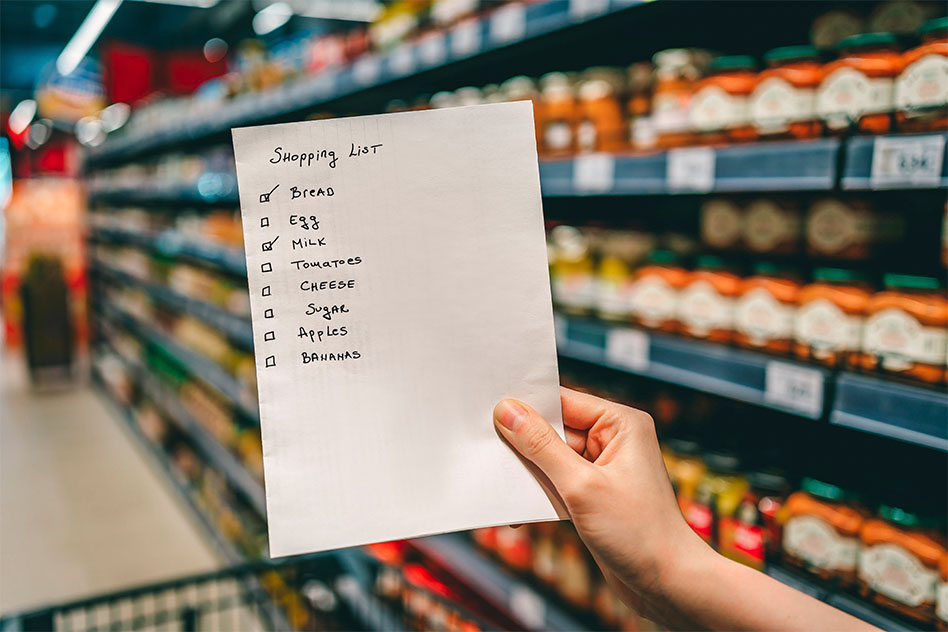
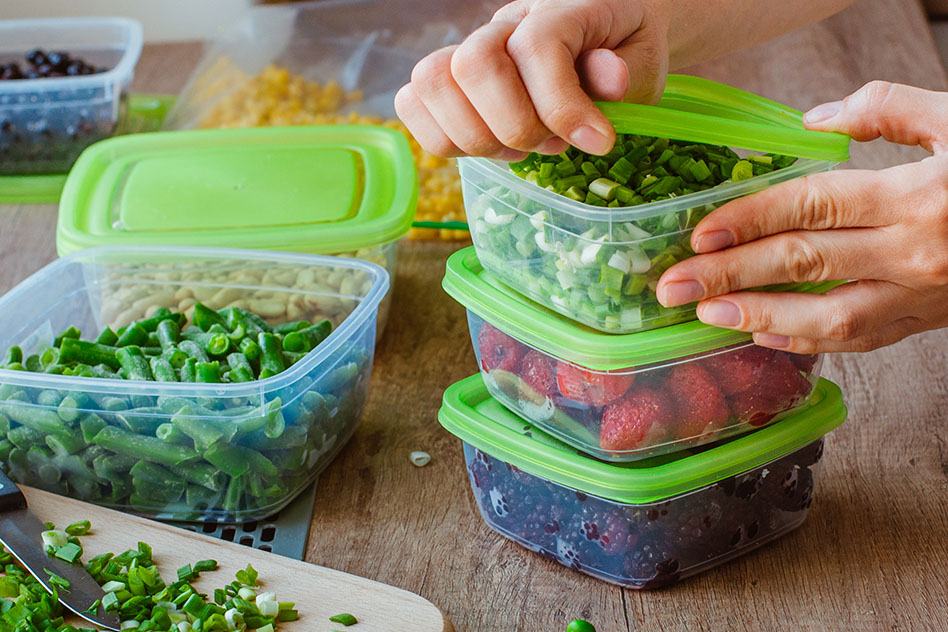
Don’t let produce spoil before you use it
Don’t let produce spoil before you use it! To save money, learn how to store, save, reuse, or freeze your fruits and vegetables.
- Store ripe produce in the fridge, keep unripe produce on the counter, and onions and potatoes in a cool, dry place. Keep fruits and vegetables separated — many fruits release a gas (ethylene) that speeds up the ripening of some vegetables.
- Save it in plastic wrap, plastic bags, or glass jars. Leftover vegetables (and some fruits) can be added to salads, sandwiches, and soups.
- Freeze it! Freeze cut up pieces of fruit like mango to use for smoothies or juices. Other ways to store fruits in the freezer are as a puree in ice cube trays, or whole like a peeled banana.
- Make popsicles with fruits and yogurt. Freeze cooked vegetables like spaghetti squash or zucchini in freezer bags.
Still have plenty of veggies on hand?
- Make it a habit to clean the fridge once a week and use leftover veggies in creative ways. For example, adding cooked peppers or squash to an omelet or in soups, chili, or a casserole dish.
- Keep a list of produce you bought for the week on a sticky note on the fridge and then cross them off the list as you use them.
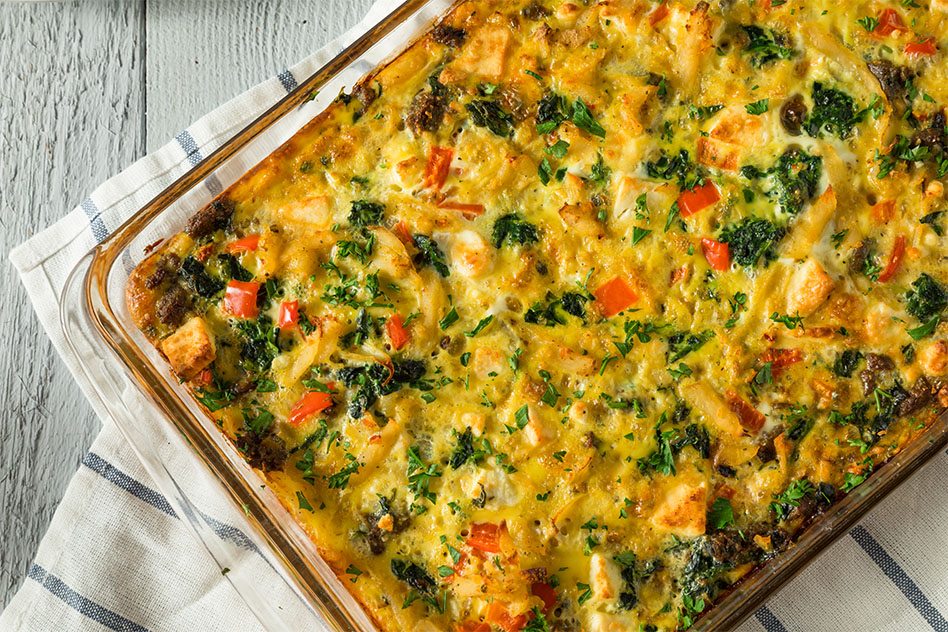
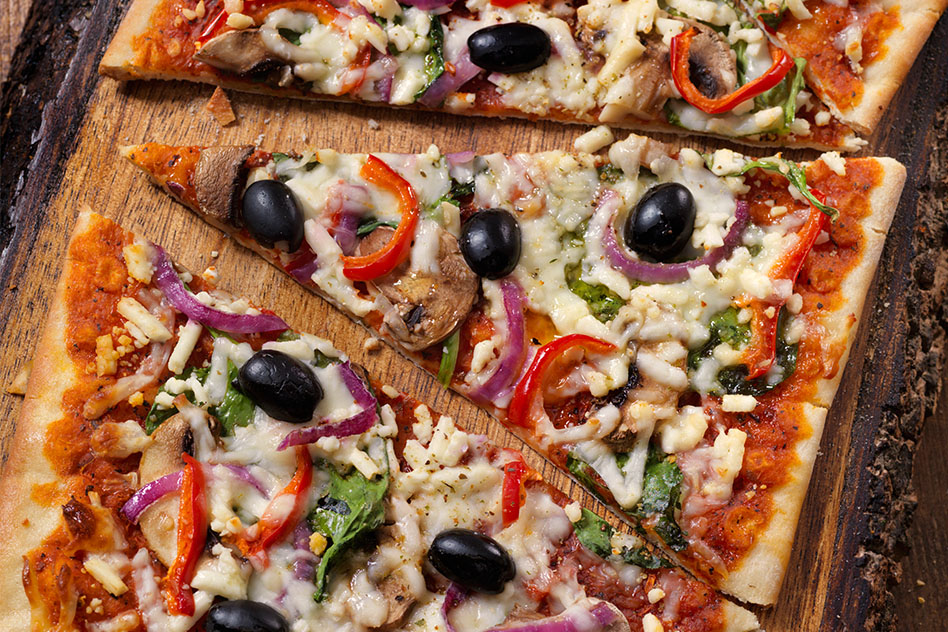
Other easy ideas to use up your veggies:
- Stir-fry veggies and serve with brown rice.
- Grill or sauté veggies for fajitas or tacos.
- Make a pizza with veggies as toppings.
- Load sandwiches with lettuce, grated carrots, and thin zucchini slices.
